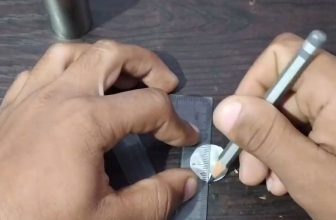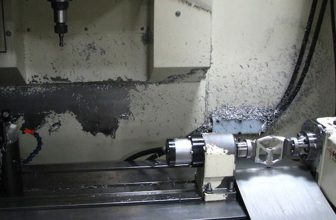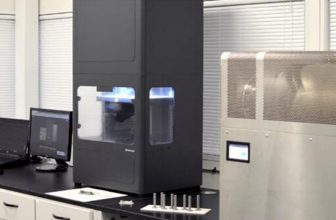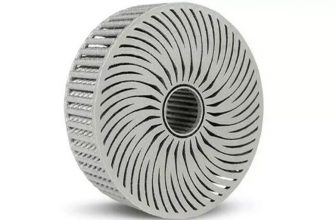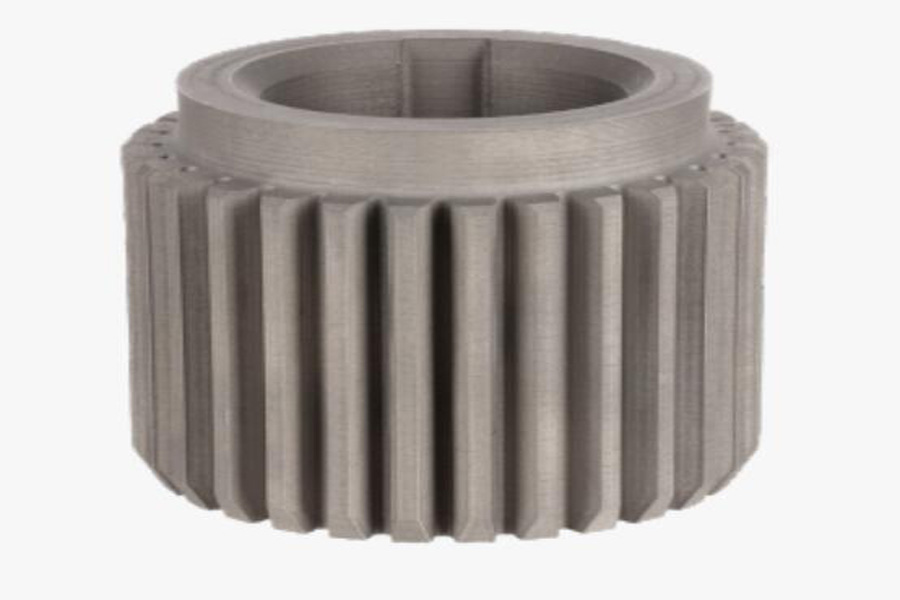
When Desktop Metal launched the metal binder jetting process, the domestic market’s judgments were mainly focused on two aspects. One is that the binder jetted metal 3D printing process does not sound new, and some companies on the market have already done so many years ago. There are similar technologies; the second is that the metal powder is bonded together by a binder, and further sintering work is needed to remove the chemical components of the binder, the deformation (shrinking) of the product on the market by this technology, and The density of the parts is quite questionable.
However, with Desktop Metal’s overall competitive strength formed by material technology, software and equipment, the market is paying more attention to the application opportunities opened by Desktop Metal. In this issue, based on several typical applications obtained by Desktop Metal in heavy industry, I will share with you the indirect metal 3D printing technology application scenarios of “the little lotus is showing its sharp corners and the dragonfly stands on its head”.
Pain points and opportunities of heavy industry
Heavy industry is a unique industry, including chemicals, oil and gas, shipbuilding, railways, and mining. Parts produced for heavy industry are usually manufactured in small quantities and are designed to suit specific applications and customers. The characteristics of small batch production usually lead to long delivery times and high costs.
Because heavy industrial machinery is large and capital intensive, it has a long life expectancy. This means that parts may need to be replaced years after they are first manufactured, forcing the company to track and maintain molds so that parts can be produced as needed. Another option is to put a large amount of spare parts inventory into the warehouse, but this brings a huge resource occupation and a lot of logistical challenges.
Since many parts used in heavy industry are customized, their manufacturing usually requires customized fixtures and CNC machining programming, which increases the inherently long delivery time and high non-recurring engineering (NRE) costs.
3D printing provides a cost-saving solution for the heavy industry. When a small number of highly customized parts are required, the production can be greatly simplified without the need for molds. Regardless of whether one or 100 parts are required, the cost per piece and delivery time remain the same. Users only need to upload the design to the 3D printer, and the metal parts can be manufactured and installed in a few days.
Sun gear
Master Drilling, a company located in Johannesburg, South Africa, specializes in manufacturing large machines, most of which are used in the mining industry. Many of Master Drilling’s drilling rigs have a planetary gear set that is connected to the electric motor and then to the drill bit.
Master Drilling encountered a challenge and needed to replace the sun gear in the gear set. The engineer tried to purchase parts from a foundry in China and was told that the work would take three months to complete. However, this was unacceptable for the company. They need to quickly change gears and quickly get the equipment to run again.
With Desktop Metal’s Studio 3D printing system, gears can be printed, degreased, sintered, post-processed and surface hardened in just 3 weeks. 3d-printing-china.com learned that through heat treatment of gears, they can increase the hardness to 43 HRC, and later through plasma nitriding to 64 HRC. Master Drilling can reduce the lead time from 3 months to 3 weeks, and put the drill into use faster than traditional manufacturing.
Ultra-high temperature atomizer
As a leading supplier of emission control and clean air combustion systems, John Zink Hamworthy Combustion recently launched a project to redesign UHT atomizers for liquefied natural gas (LNG) tankers.
The initial simple atomizer has a burner turndown ratio of 15:1 at low load. In order to create the new atomizer, JZHC engineers and designers immediately turned to additive manufacturing. By using Desktop Metal’s Studio 3D printing system, it is understood that they are able to quickly produce prototypes of atomizer designs with new features. These designs have features such as complex channels and irregularly-shaped holes, which are characteristic of traditional manufacturing. Impossible to produce, but very easy to achieve through 3D printing.
This greatly improves the fuel-air mixture in the burner, allowing ships to reduce the amount of fuel burned. The final result is a new atomizer, the burner adjustment ratio has been significantly improved from 25:1, which is 67% higher than the earlier design. As a result, customers of John Zink Hamworthy Combustion can save between US$90,000 and US$160,000 in fuel annually.
Metal additive manufacturing allows multiple iterations of the UHT atomizer design before the final design is selected.
Sliding parts of downhole tools
This downhole tool slip part is a common component in the oil and gas industry and is used to maintain friction between fracturing bridge plugs and existing pipelines. The part has been prototyped on Desktop Metal’s Studio system, and tested different geometric shapes to optimize the clamping force for different pumping scenarios. Through metal 3D printing, products with different geometric shapes can be quickly produced and tested for performance.
This part is a consumable part, so it is important to keep costs and shorten delivery time. Once the design is locked, the part can be mass-produced on Desktop Metal’s Studio system, which greatly reduces the cost of the part and shortens the production lead time.
Bulb nozzle
This is a custom nozzle used in chemical processing. It is usually cast out and then processed for secondary processing through mechanical processing. It is understood that the output of this part is about 300, which is not economical through casting, which makes this part very suitable for passing 3D printing to complete. Through 3D printing, the entire order can be completed in less than a week, and all processing can be completed by only one second tapping operation.
In addition, since 3D printing eliminates the need for molds, nozzles can also be changed and printed to meet the special needs of each process.
Oil pump sprocket
Oil pump sprockets are used to pump viscous oil and natural gas fluids. The parts have complex geometries and are difficult to machine. They usually require a lot of time and money to produce molds made by metal injection molding (MIM).
With the help of Desktop Metal’s Shop System, the sprocket can be produced on demand without any mold investment, which greatly reduces the cost of parts and shortens the manufacturing cycle. Since 3D printing does not require any molds, the sprocket design can be easily changed to adapt to other fluids. Each modification only needs to change the CAD model and send the new design to the 3D printer.
As Ray Dalio mentioned in his book “Principles”, which is popular all over the world, “evolution” is the most powerful force in the universe, the only eternal thing, and the driving force of everything. Although everything seems to die or disappear, the truth is that they have only regrouped in the form of “evolution.”
Undoubtedly, Desktop Metal has penetrated the tentacles of evolution into the heavy industry.


